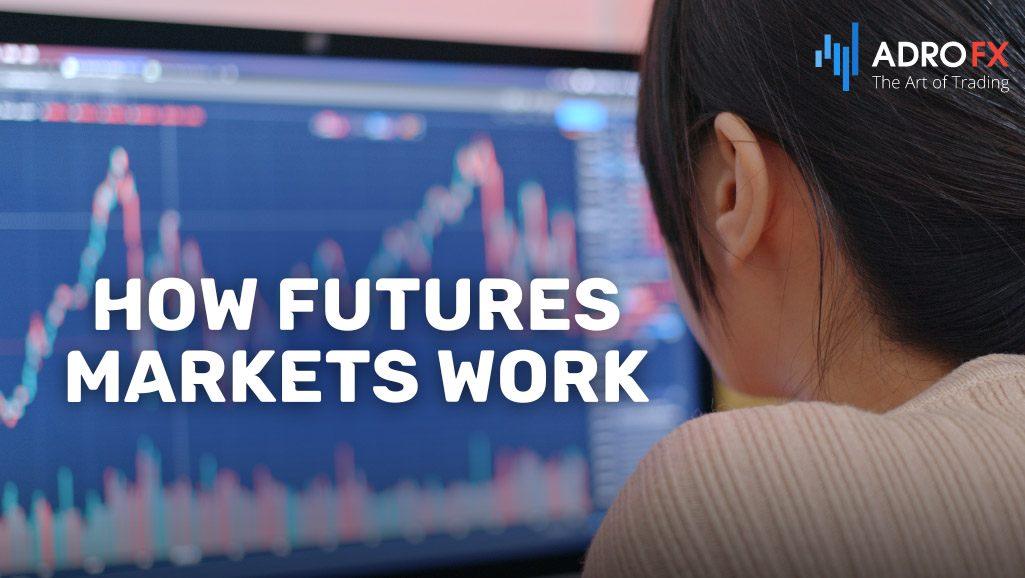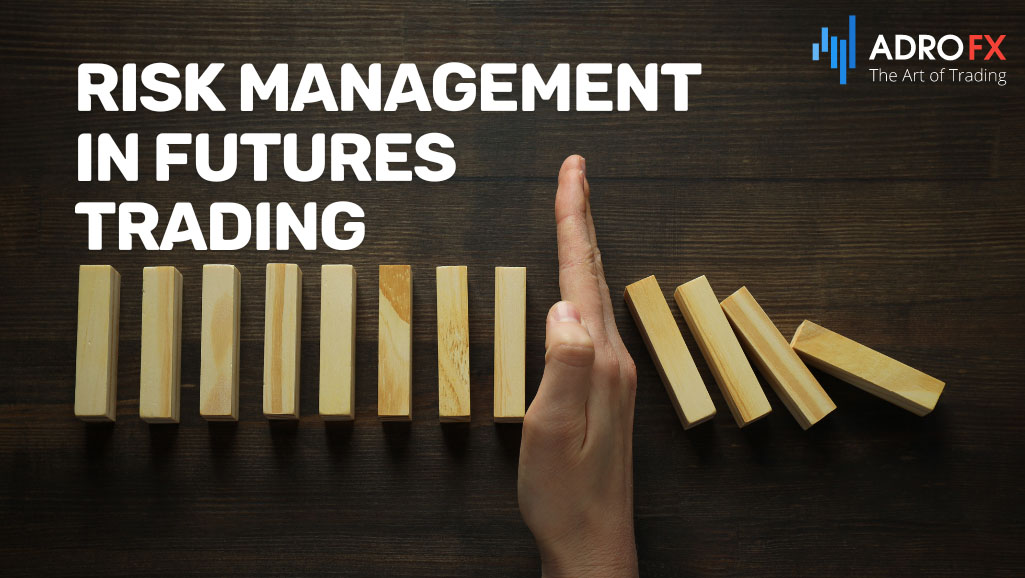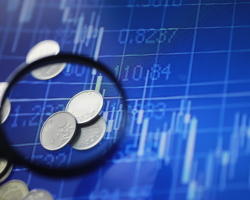Futures Trading Essentials: Your Complete Guide to Success

Futures trading stands as a cornerstone of modern financial markets, offering participants a platform to manage risk, speculate on price movements, and facilitate price discovery. In this article, we embark on a journey to unravel the dynamics of futures trading, from its fundamental concepts to advanced strategies and risk management techniques.
Futures trading implicates the buying and selling of standardized contracts, obligating parties to transact a particular asset at a predefined price and date in the future. Those contracts play a key role in safeguarding against price volatility and providing liquidity to market participants.
The importance of futures trading in financial markets cannot be overstated. It serves as a vital tool for businesses and investors to mitigate risks associated with fluctuating prices of commodities, currencies, interest rates, and other assets. Moreover, futures markets affect price discovery and market efficiency, fostering transparency and liquidity across various asset classes.
The purpose of this article is to provide readers with a comprehensive understanding of futures trading, from its basic principles to advanced strategies. By exploring the mechanics of futures markets, examining popular trading strategies, and delving into risk management practices, readers will get helpful insights into navigating the complexities of futures trading with confidence and skill. No matter if you're a beginner or a seasoned investor, this article aims to equip you with the knowledge and tools necessary to thrive in the dynamic world of futures trading.
Understanding Futures Trading
What are Futures Contracts?
In essence, futures contracts represent uniform agreements between two entities to either buy or sell a particular asset at an agreed-upon price at a future date. These standardized contracts are exchanged on futures markets, offering traders a platform to hedge against price swings or make speculative bets on forthcoming price changes.
Key Characteristics and Features
In futures trading, contracts adhere to standard terms, encompassing the underlying asset, quantity, expiration date, and delivery terms. This standardization fosters liquidity and transparency within futures markets.
Participants in futures trading typically contend with margin requirements, mandating traders to furnish a percentage of the contract value as collateral. This provision permits traders to command larger positions with a modest initial investment.
Leverage is a hallmark of futures trading, affording traders the ability to control a more substantial position size than their initial margin deposit. However, while leverage boosts potential earnings, it concurrently heightens the risk of losses.
Each futures contract features a predetermined expiration date, signaling the termination of the contract. Traders may opt to close their positions before the expiration date or settle the contract by delivering or receiving the underlying asset.
Futures contracts undergo daily mark-to-market evaluation, whereby gains or losses on positions are settled daily based on the contract's prevailing market value. This daily assessment ensures traders maintain adequate margin to cover potential losses.
Distinction between Futures and Other Financial Instruments
In contrast to futures contracts, options grant holders the right, yet not the obligation, to buy or sell the underlying asset at an agreed price (strike price) on or before the expiration date. Options traders pay a premium for this privilege, whereas futures traders are obligated to fulfill the contract's terms without upfront premiums.
Futures contracts, classified as derivative instruments, derive their value from an underlying asset such as commodities, currencies, or financial instruments. Conversely, stocks signify ownership in a company, affording shareholders dividends and voting rights. Stocks are exchanged on stock exchanges, whereas futures contracts are negotiated on futures exchanges, representing contractual agreements devoid of ownership rights.
Understanding the unique characteristics of futures contracts is essential for traders to effectively participate in futures markets and manage their risk exposure.

How Futures Markets Work
In futures markets, trading operates through a system of agreements to buy or sell assets at a predetermined price and date. Participants in these markets include hedgers, who aim to mitigate risk associated with price fluctuations, speculators seeking gain from market movements, and arbitrageurs exploiting price discrepancies between markets.
Exchanges serve as platforms where futures contracts are bought and sold, facilitating price discovery and providing liquidity. Clearinghouses play a vital role by operating as intermediaries between buyers and sellers, making sure the contractual obligations are fulfilled, and managing counterparty risk.
Entering into a futures contract involves selecting an asset, specifying contract terms (quantity, expiration date), and agreeing on a price. Settlement of futures contracts occurs either through physical delivery of the underlying asset or cash settlement, where the contract's value is settled in cash based on the asset's market price at expiration.
Types of Futures Contracts
Types of futures contracts encompass a wide array of assets, including commodities (such as agricultural products, energy, and metals), financial instruments (like currencies, interest rates, and stock indices), and other specialized derivatives.
Commodity futures contracts allow traders to speculate or hedge against price movements in various commodities, such as wheat, crude oil, gold, and natural gas. These contracts are essential for industries reliant on these commodities, providing a means to manage price risk.
Financial futures contracts are based on underlying financial instruments, including currencies (forex futures), interest rates (treasury bonds, Eurodollar futures), and stock indices (such as S&P 500, NASDAQ). These contracts enable traders to hedge against currency fluctuations, interest rate changes, or broader market movements.
Other specialized futures contracts may include weather derivatives, volatility futures, or even futures contracts on cryptocurrencies, catering to specific risk management needs or market interests.
For instance, a farmer may use corn futures to lock in a favorable price for their crop before harvest, while a multinational corporation may hedge currency risk by trading currency futures. Similarly, investors may speculate on stock market movements by trading futures contracts based on stock indices like the S&P 500.
Strategies and Techniques
Popular Futures Trading Strategies
In futures markets, traders employ various strategies to capitalize on market opportunities and manage risk effectively. Some common strategies include:
- Trend Following
This strategy involves identifying and following prevailing market trends, either upward or downward. Traders aim to ride the momentum of the trend until it shows signs of reversal.
- Spread Trading
Spread trading involves taking simultaneous long and short positions in related futures contracts to benefit from the price difference between them. This strategy is commonly used in commodities markets, where traders exploit price differentials between different delivery months or related commodities.
- Scalping
Scalping is a short-term trading strategy focused on making small earnings from rapid price movements. Traders execute numerous trades throughout the day, aiming to capitalize on small price fluctuations.

Risk Management in Futures Trading
Effective risk management is crucial in futures trading to safeguard capital and minimize losses. Traders employ various techniques for managing risk.
First of all, Stop Loss orders are commonly used, allowing traders to automatically exit losing positions at predefined price levels, thereby limiting potential losses.
Secondly, position sizing is essential. It involves determining the appropriate size of each trade based on factors like risk tolerance, account size, and market conditions. By sizing positions judiciously, traders can manage risk effectively.
Lastly, diversification plays a vital role. Spreading trading capital across different assets, markets, or strategies helps spread risk and reduce the impact of adverse market movements on overall portfolio performance.
Psychology of Futures Trading
The psychology of futures trading plays a significant role in trader decision-making and performance. Common psychological biases and pitfalls include:
- Overconfidence Bias
Traders may overestimate their abilities or the accuracy of their trading strategies, leading to excessive risk-taking.
- Loss Aversion
Traders may exhibit a reluctance to accept losses, leading to holding onto losing positions for too long in the hope of a reversal.
- Discipline and Emotional Control
Maintaining discipline and emotional control are essential for successful futures trading. Traders must stick to their trading plans and avoid letting emotions such as fear or greed dictate their decisions.
Understanding and managing these psychological factors is crucial for maintaining consistency and profitability in futures trading. Traders can employ strategies such as mindfulness, journaling, and risk assessment to mitigate the impact of psychological biases on their trading performance.
Key Considerations and Practical Tips
Factors to Consider Before Trading Futures
Before engaging in futures trading, it's crucial to assess several factors to ensure a successful and sustainable trading experience.
Firstly, understanding the dynamics of futures markets is paramount. This involves grasping how these markets operate, identifying key participants, and comprehending the factors influencing price movements. Staying informed about market trends, news, and events relevant to your chosen asset classes is essential for making informed trading decisions.
Secondly, it's vital to assess your risk tolerance. Determine how much capital you're comfortable risking in futures trading and be realistic about your risk appetite. Avoid overexposing yourself to potential losses by carefully evaluating your risk tolerance.
Additionally, consider your capital requirements. Determine the amount of trading capital you can allocate to futures trading, ensuring you have sufficient funds to cover margin requirements and withstand potential losses without jeopardizing your financial stability.
Lastly, invest time in thorough research and education before diving into futures trading. Familiarize yourself with various strategies, risk management techniques, and trading platforms available. Continuous learning is crucial for staying updated and adapting to changing market conditions, ultimately enhancing your trading skills and performance.

Practical Tips for Futures Traders
Whether you're a novice or an experienced trader, implementing practical tips can enhance your futures trading experience and improve your chances of success:
- Develop a Trading Plan
Create a well-defined trading plan outlining your trading goals, strategies, risk management rules, and criteria for entering and exiting trades. Stick to your plan and avoid impulsive decisions based on emotions or market noise.
- Set Realistic Goals
Set achievable and realistic trading goals based on your risk tolerance, capital, and time commitment. Focus on consistent profitability over time rather than aiming for unrealistic returns.
- Continuous Learning
Commit to continuous learning and skill development to stay ahead in futures trading. Stay updated on market developments, new trading strategies, and technological advancements that can enhance your trading effectiveness.
- Practice Discipline
Maintain discipline in following your trading plan and executing trades according to predefined rules. Avoid chasing losses or deviating from your strategy during periods of market volatility.
- Risk Management
Prioritize risk management to safeguard your trading capital. Use techniques such as Stop Loss orders, position sizing, and diversification to manage risk effectively and protect against potential losses.
By considering these key factors and implementing practical tips, futures traders can navigate the complexities of the markets with confidence and increase their chances of achieving their trading goals.
Conclusion
In conclusion, this article has explored the intricacies of futures trading, shedding light on its mechanics, strategies, risk management techniques, and psychological aspects. Here's a recap of the key points discussed:
We delved into the fundamental concept of futures contracts, understanding their standardized nature, margin requirements, leverage, expiration dates, and mark-to-market mechanism. Furthermore, we examined the various types of futures contracts, ranging from commodities and financial instruments to specialized derivatives.
Strategies and techniques commonly employed in futures trading, such as trend following, spread trading, and risk management, were elucidated. Additionally, we underscored the importance of psychological factors in trading and provided insights into managing emotions and maintaining discipline.
Before embarking on futures trading, it's crucial to consider factors like market knowledge, risk tolerance, and capital requirements. Thorough research, education, and the development of a robust trading plan are imperative for success in this dynamic arena.
Finally, understanding the dynamics of futures trading is paramount for anyone venturing into this domain. While futures trading offers opportunities for gain, it also carries inherent risks. Therefore, readers are encouraged to explore futures trading with knowledge and caution, armed with a solid understanding of its nuances and a disciplined approach to risk management.
With these insights and guidance, traders can navigate the world of futures trading with confidence, aiming for success while mitigating risks along the way.
About AdroFx
Established in 2018, AdroFx is known for its high technology and its ability to deliver high-quality brokerage services in more than 200 countries around the world. AdroFx makes every effort to keep its customers satisfied and to meet all the trading needs of any trader. With the five types of trading accounts, we have all it takes to fit any traders` needs and styles. The company provides access to 115+ trading instruments, including currencies, metals, stocks, and cryptocurrencies, which make it possible to make the most out of trading on the financial markets. Considering all the above, AdroFx is the perfect variant for anyone who doesn't settle for less than the best.










